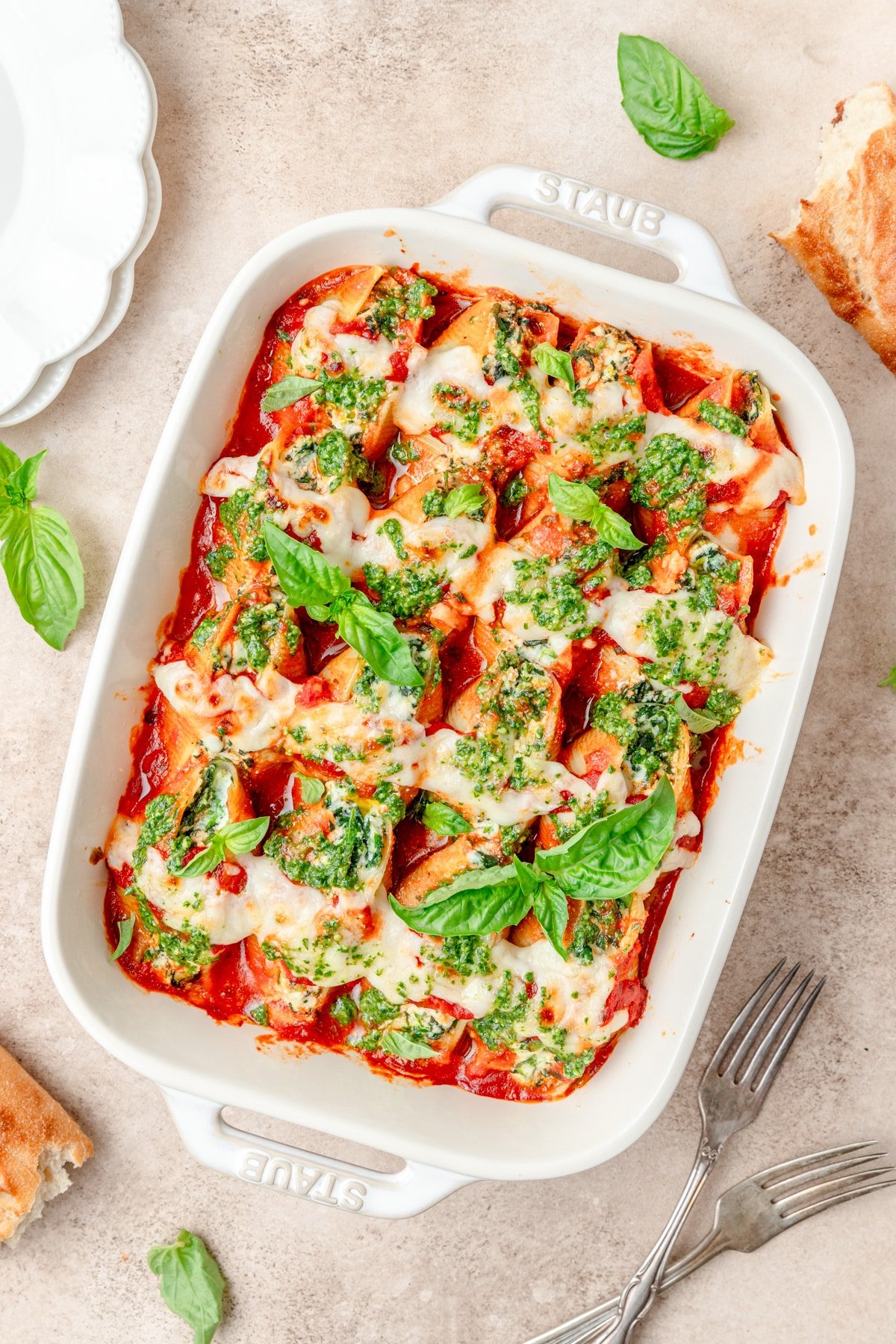

# Homemade Ricotta Cheese: An Easy Recipe with Four Ingredients
Crafted with merely four ingredients—milk, heavy cream, salt, and a dash of vinegar—this straightforward recipe for homemade ricotta cheese is rich, slightly tangy, and incredibly fresh. Ideal for novices, this fail-safe method needs no special tools and yields a delightful cheese that can elevate any meal.
## Flavor Profile
Ricotta cheese is a soft, curd cheese known for its gentle taste and creamy texture. It boasts a hint of sweetness with a delicate tang, making it a versatile addition to both sweet and savory recipes.
## Skill Level
This recipe is intended to be user-friendly for all skill levels, particularly those just starting out. The uncomplicated process guarantees that anyone can successfully create ricotta cheese at home.
## Technique
The method for making this cheese involves a curdling procedure that integrates acid and heat. The ease of this method means you can enjoy fresh ricotta without requiring specialized equipment.
## Serving Suggestions
Homemade ricotta complements bold flavors such as:
– **Tomato Marinara**: A traditional pairing that enhances the creaminess of the cheese.
– **Basil Pesto**: Introduces a refreshing, herbal element.
– **Roasted Garlic**: Delivers a rich, savory flavor profile.
– **Fruits and Honey**: A delightful mix when drizzled over crostini.
## Ricotta vs. Cottage Cheese
Although ricotta and cottage cheese can often replace each other, they possess distinct textures and flavors. Cottage cheese is made up of curds and is chunkier, while ricotta has a smoother consistency and a slightly sweeter flavor, offering a richer taste.
## Ingredient Tips for Ricotta Cheese
1. **Milk**: The foundation of this homemade ricotta recipe. Cow’s milk is typically used, but goat, sheep, or buffalo milk can also work. Do not use ultra-pasteurized milk (UHT).
2. **Heavy Cream**: This component adds to the rich and creamy profile of the ricotta.
3. **Vinegar**: Serves as the acidic element necessary to curdle the milk. If vinegar is not available, lemon juice can be a suitable substitute.
4. **Salt**: Amplifies the overall taste of the cheese.
## How to Make Homemade Ricotta Cheese
Creating fresh ricotta cheese is remarkably simple. Just follow these easy steps:
1. **Boil**: In a large pot, heat the milk, heavy cream, and salt over medium heat, stirring until it reaches a boil.
2. **Curdle**: Take off the heat, incorporate the vinegar, and allow the mixture to sit until curds develop (about 30 minutes).
3. **Strain**: Use a colander lined with cheesecloth to separate the curds, letting the whey drain away.
### Note on Whey
The liquid left after straining the cheese is known as whey. This leftover whey can be reused in various recipes, including baked goods like bread or pizza dough, or even combined with pancake mix in lieu of water.
## Storage
Keep homemade ricotta cheese in a sealed container in the refrigerator for a maximum of 5 days. It might require draining or stirring prior to use.
## Favorite Ways to Use Ricotta
Whether incorporated into savory or sweet creations, homemade ricotta cheese shines as a key ingredient. From pasta dishes to desserts, its adaptability is unparalleled.
### Nutritional Information (per serving)
– **Calories**: 254
– **Carbohydrates**: 13g
– **Protein**: 8g
– **Fat**: 19g
– **Saturated Fat**: 11g
– **Cholesterol**: 65mg
– **Sodium**: 262mg
– **Potassium**: 344mg
– **Sugar**: 12g
– **Calcium**: 295mg
## Conclusion
Crafting homemade ricotta cheese is a gratifying endeavor that enhances your culinary skills. With just four basic ingredients, you can produce a fresh, creamy cheese that elevates your dishes and impresses your guests. Relish the process and the delectable outcomes!